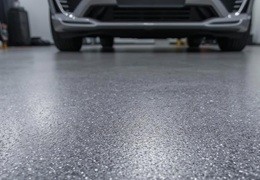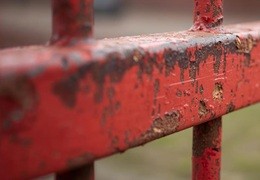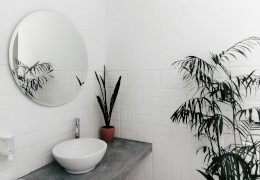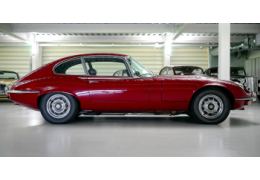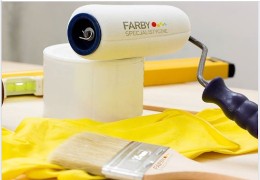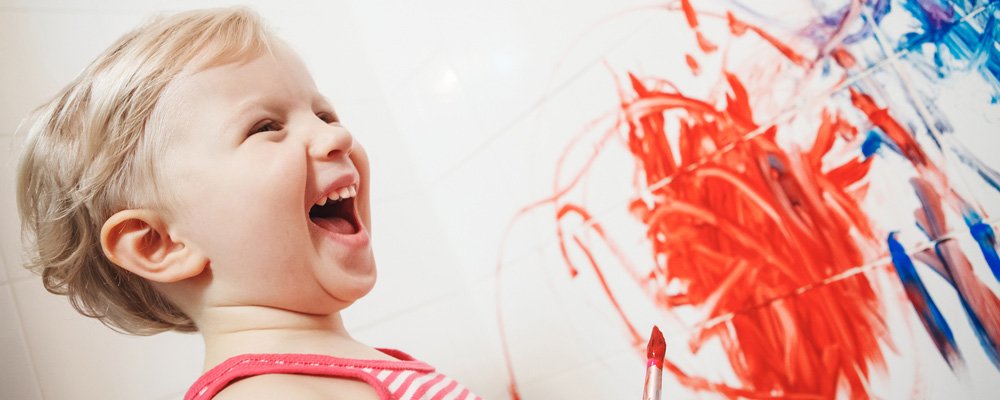Malowanie konstrukcji metalowych, dachów oraz elementów stalowych zimą budzi wiele wątpliwości. Inwestorzy...
- Aktualności (3)
- Hydroizolacja dachów (19)
- Hydroizolacja balkonów i tarasów (7)
- Posadzki żywiczne (41)
- Powłoki i farby antykorozyjne (15)
- Hydroizolacja basenów i zbiorników (8)
- Żywice, farby i powłoki w domu lub mieszkaniu (23)
- Powłoki hydroizolacyjne i żywice w przemyśle (14)
- Służba zdrowia i przemysł spożywczy (6)
- Spółdzielnie i wspólnoty mieszkaniowe (13)
- Zarządcy i administratorzy nieruchomości (17)
- Wykonawcy robót budowlanych i profesjonaliści (17)
- Realizacje i studia przypadków (4)




